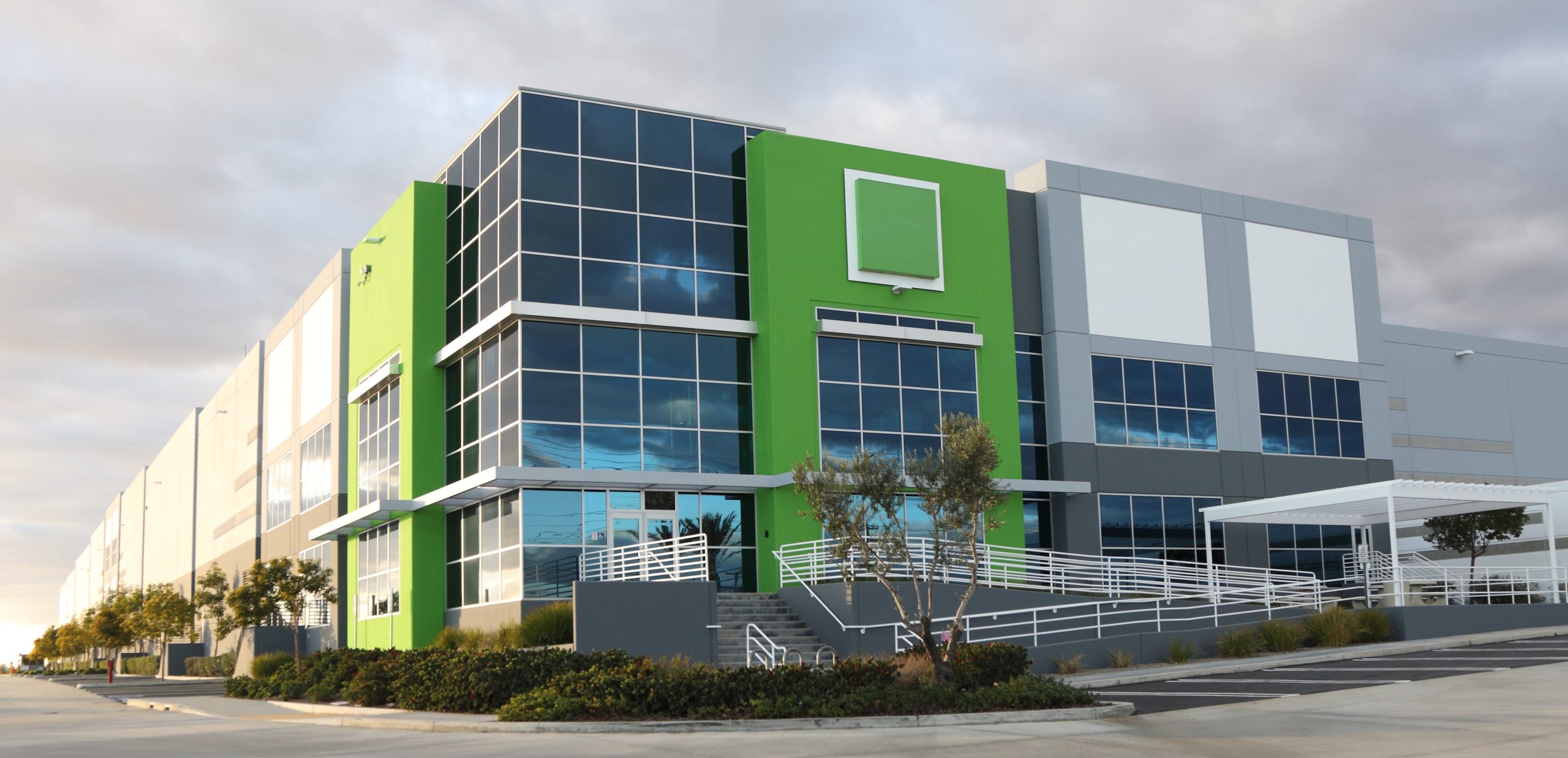A Bird’s Eye View
Monthly Newsletter

Case Study: Procuring Strategic Financing Solutions for a Complex Adaptive Reuse Portfolio
March 2025
Key Highlights
Talonvest recently closed a financing package for a family office working through a complex adaptive reuse project involving assets in multiple states.
Our team provided advisory services that led to the ownership group obtaining an extension on in-place construction debt to avoid issues stemming from renovation timeline overruns.
A competitive bidding process was completed to procure bids on behalf of the ownership group from multiple lenders, and through multiple bidding rounds, pricing from the winning lender was driven down by 35 basis points from the initial quote.
Ultimately, a lender was selected based on the competitive nature of their bid as well as their ability to offer bridge and construction financing to the ownership group in the future.
Periodically, Talonvest prepares case studies to share insights gained through recently closed financing arrangements. Many of these assignments come with unique challenges that call for purposeful action and require tailored solutions. The following case study is designed to walk through a business scenario that a Talonvest client faced as well as the steps taken to optimize the outcome for them.
Challenge: Construction Timelines Strain Financing Plans
A well-capitalized family office with a strong background in private equity real estate was in the process of completing renovations on a multi-state portfolio of adaptive reuse assets. To advance the business plan, this group sought to convert in-place construction financing to bridge debt. The group articulated that their core objectives centered around reducing capital costs and maximizing leverage through a strategic transition from construction to bridge financing.
At the outset of the project, the ownership group obtained construction financing from a debt fund to take advantage of a non-recourse loan. Although it came with a relatively high carrying cost, it was designed to allow the group to take the project to the point where a certificate of occupancy would be delivered for each property. Under the business plan, the construction loans would be taken out by bridge debt upon issuance of the certificates of occupancy.
As the project moved closer to the anticipated completion date, it became apparent that the construction timeline would likely extend beyond the planned refinance date. This put stress on the business plan and complicated the shift to more favorable bridge financing.
Additionally, the multi-state nature of the portfolio introduced further complexity and required an extra layer of coordination. This also necessitated identifying a bridge lender that operated in each of the states where the group owned assets.
At the outset of the project, the ownership group obtained construction financing from a debt fund to take advantage of a non-recourse loan. Although it came with a relatively high carrying cost, it was designed to allow the group to take the project to the point where a certificate of occupancy would be delivered for each property. Under the business plan, the construction loans would be taken out by bridge debt upon issuance of the certificates of occupancy.
As the project moved closer to the anticipated completion date, it became apparent that the construction timeline would likely extend beyond the planned refinance date. This put stress on the business plan and complicated the shift to more favorable bridge financing.
Additionally, the multi-state nature of the portfolio introduced further complexity and required an extra layer of coordination. This also necessitated identifying a bridge lender that operated in each of the states where the group owned assets.
Action: Proactive Negotiations and Network Outreach
Early in the refinance discussions, it became evident that the bridge financing package could be put at risk by overruns in the construction timeline. Recognizing the need for flexibility, the ownership group was advised to engage in discussions with the construction lender regarding an extension of the in-place loan. Ownership followed through, and by approaching the lender well in advance of loan maturity, ample time was available to build a contingency plan centered around extending the construction loan.
Ultimately, the construction loan was extended, which allowed additional time for the completion of the renovation work without triggering unnecessary penalties or restrictive covenants. Execution of this strategy was only possible through the presentation of a well-supported case, detailed construction progress, projected completion timelines, and a clear refinancing exit plan.
The construction loan extension also afforded time to create competition among bridge lenders to optimize loan terms for the ownership group. First, the Talonvest team built a robust lender list targeting those with a track record of flexibility in structuring loans for complex, multi-state real estate portfolios. Given the group’s future objectives, lenders with the ability to extend bridge and construction financing were prioritized. Next, a competitive bidding process was initiated to gather terms and pricing. There was strong interest in the deal among lenders, which allowed for multiple rounds of negotiation before best and final bids.
A winning lender was chosen based on the ability to satisfy the ownership group’s priorities, which included a non-recourse structure, competitive pricing, and closing certainty. Additionally, the lender demonstrated a strong understanding of construction project timing, draw schedules, and multi-state complexities.
Ultimately, the construction loan was extended, which allowed additional time for the completion of the renovation work without triggering unnecessary penalties or restrictive covenants. Execution of this strategy was only possible through the presentation of a well-supported case, detailed construction progress, projected completion timelines, and a clear refinancing exit plan.
The construction loan extension also afforded time to create competition among bridge lenders to optimize loan terms for the ownership group. First, the Talonvest team built a robust lender list targeting those with a track record of flexibility in structuring loans for complex, multi-state real estate portfolios. Given the group’s future objectives, lenders with the ability to extend bridge and construction financing were prioritized. Next, a competitive bidding process was initiated to gather terms and pricing. There was strong interest in the deal among lenders, which allowed for multiple rounds of negotiation before best and final bids.
A winning lender was chosen based on the ability to satisfy the ownership group’s priorities, which included a non-recourse structure, competitive pricing, and closing certainty. Additionally, the lender demonstrated a strong understanding of construction project timing, draw schedules, and multi-state complexities.
Outcome: Meeting Business Objectives Through Competition
Taking the aforementioned steps, our team structured a financing solution that enhanced the ownership group’s ability to execute on the business plan, reduced carrying costs, and created future borrowing flexibility. By engaging early with existing lenders, the client obtained the loan extensions necessary to avoid the risk of losing the bridge financing commitment. Our team initiated a bidding process that saw strong competition from lenders, and this resulted in a 35-basis point reduction in the loan spread from the time initial quotes were received to the completion of best and final bids.
The lender that was selected, as well as many of the competing bidders, represented new capital relationships for the ownership group, and this deal opened doors to additional financing opportunities in the future. The selected lender offers construction and bridge financing, which will benefit the group given that they anticipate undertaking similar projects going forward. Finally, by obtaining bids from multiple lenders, the ownership group was successful in increasing leverage per its investment strategy, which is expected to drive higher returns and support further portfolio growth.
The lender that was selected, as well as many of the competing bidders, represented new capital relationships for the ownership group, and this deal opened doors to additional financing opportunities in the future. The selected lender offers construction and bridge financing, which will benefit the group given that they anticipate undertaking similar projects going forward. Finally, by obtaining bids from multiple lenders, the ownership group was successful in increasing leverage per its investment strategy, which is expected to drive higher returns and support further portfolio growth.
Final Thoughts
Shifting from construction to bridge financing can be a challenging undertaking, especially when the underlying portfolio creates an additional layer of complexity. In this case, the financing initiative was put at risk by delays in the construction timeline across multiple assets. By engaging proactively with the existing lenders, the ownership group was able to create additional time to complete construction. This also afforded the Talonvest team the opportunity to perform additional outreach and diligence to identify a group of motivated refinance lenders.
In the end, a strong collaboration with the ownership group allowed our team to complete a successful financing assignment that resulted in securing a very competitive bridge debt package, reducing all-in financing costs, and positioning the group to work with the lender on future financings.
In the end, a strong collaboration with the ownership group allowed our team to complete a successful financing assignment that resulted in securing a very competitive bridge debt package, reducing all-in financing costs, and positioning the group to work with the lender on future financings.
Talonvest Capital specializes in structuring and negotiating comprehensive capital solutions for owners of industrial, self-storage, multifamily, office, and retail assets. We create tailored capital solutions for our clients by sourcing cutting-edge lending programs and advising on capital markets trends.
Stay Informed
Subscribe to stay up to date on current trends in the perm, bridge, and construction lending market based on our real deal experiences and discussions with banks, life companies, debt funds, private lenders, and CMBS lenders.

